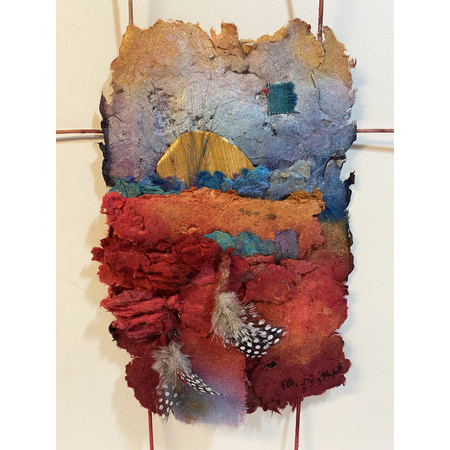Search thousands of art pieces!
Get Email Newsletters
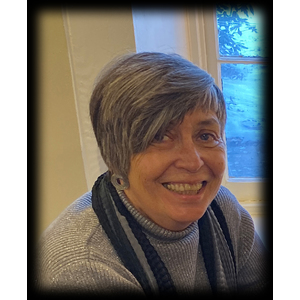
Patricia Littlefield
Littlefield Studios Gallery
"I make what is in my mind and heart and share it with others"
Patricia Bettis Littlefield Pat Littlefield grew up in the foothills of the Blue Ridge Mountains in South Carolina. She attended Florida State University where she studied music and art. After two years she transferred to the University of South Carolina from which she graduated with a B.A. in Art, cum laude, Phi Beta Kappa. While attending graduate school at East Carolina University she...
... began to study weaving. This was the beginning of her interest in fiber.
In 1975 she turned her efforts entirely to her fiber work and developed a line of fantasy soft sculpture. Further study and experimenting led to papermaking.The result has been the intricate collage/constructions which reflect both her painting and fiber background
Papermaking is an art that traces its roots to China. Any type of vegetable matter can be used to make paper. Patricia's work is made primarily from abaca, a plant similar to the banana plant. The abaca is purchased as semi-processed linters. These are hydrated and beaten into a pulp. The pulp is dyed and placed into small containers. Each paper piece is formed by placing layers of the colored pulp over each other until the piece is finished. Flax is also used in the process. Twigs, reeds, tampico grass, muslin and other materials are sandwiched between the layers of pulp. The images start out as digital photographs. They are downloaded into the computer and combined and changed in various ways to coordinate with the paper.
Most of the colors and compositions in the work are derived from observation of the immediate environment mountains and sky, buttes and adobe architecture, flowers of the garden and field, forests in shadow and light.What is the best way to frame these artworks? The piece should be hinge mounted on an acid free matboard or other backing. Protect the piece by using a glass or plexiglas facing unless you aren't worried about dust accumulation. The facing should be separated from the artwork so that it doesn't press tightly against it. This can be accomplished with the use of mats or spacers(wood or plastic are the most common). As a general rule you should treat a piece of handmade paper artwork similar to other art works on paper such as watercolors and prints.
"When I was born I must have clutched the first fiber object around because I have been a 'fiber person' all my life. When I was a kid I used to collect old curtains and fabric scraps from friends and family and pin or tie them together to make costumes. Especially cherished were the old pattern books and wall paper sample books that stores saved for me. I first learned to draw by copying different clothing styles and textures of fabric to draw my own clothes. My mother showed me how to cut, bend and glue the wall paper to make interior settings and later how to sew both by hand and machine. Although I studied painting in school it was never quite enough-just too flat. When I discovered weaving and then papermaking a whole new world opened up for me. Lately I have been working on some felted pieces and find it very exciting."
"My hope is that each piece gives you a lifetime of pleasure and thought provoking observation."
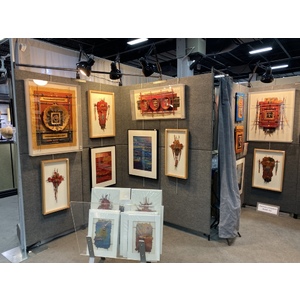
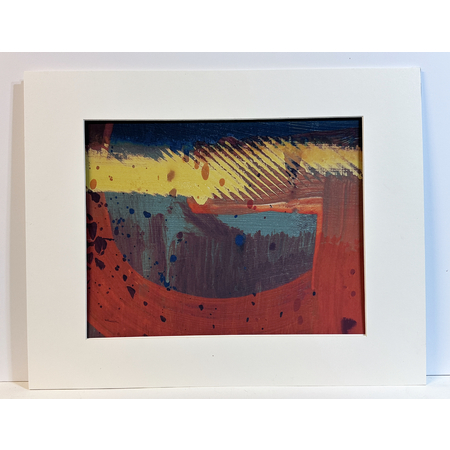
Yellow Line
2D
$160.00
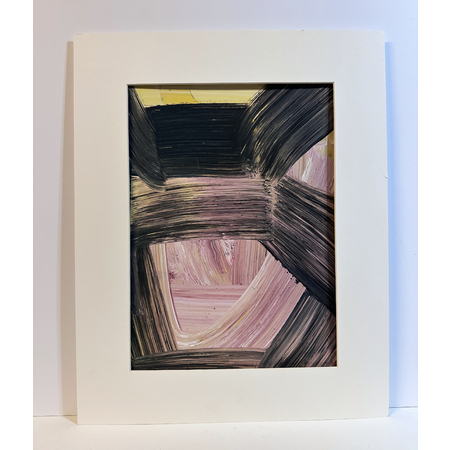
Canyon
2D
$160.00
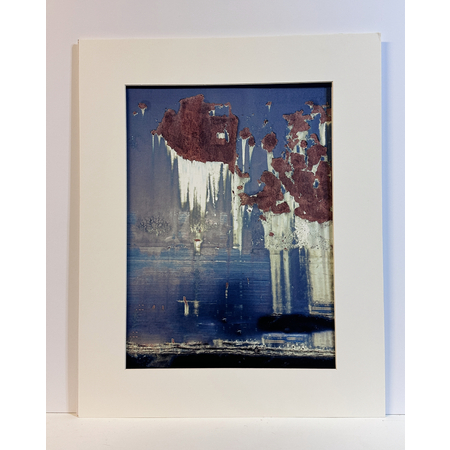
Rust Clouds
2D
$160.00

Desert Scene sold
Mixed Media & Collage
$85.00
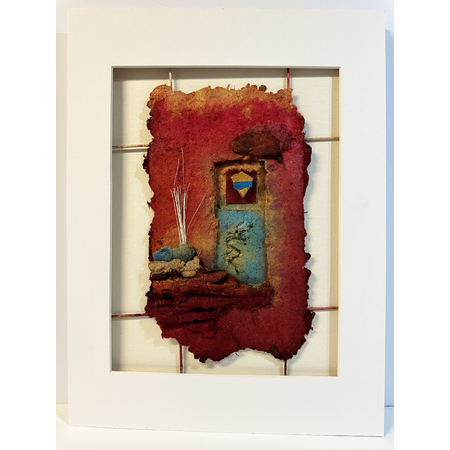
Summer at the Lake
Mixed Media & Collage
$85.00


